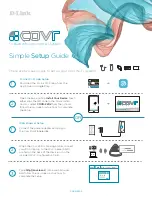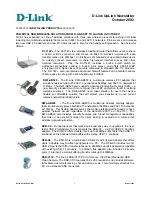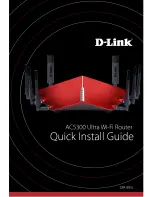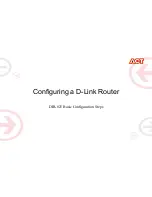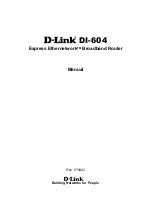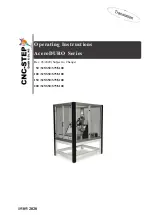
Chapter 8. Advanced Settings (Part 2)
|
130
8
8.
Advanced Settings (Part 2)
Fine-tuning your network
This chapter describes features to help you manage your N300 Wireless Dual Band ADSL2+
Modem Router DGND3300v2.
This chapter includes the following sections:
• Common Connection Types
on page
130
• Assessing Your Speed Requirements
on page
131
• Optimizing Your Network Bandwidth
on page
132
• Optimizing Wireless Performance
on page
133
• Changing the MTU Size
on page
134
• Universal Plug and Play
on page
135
Common Connection Types
Common connection types and their speed and security considerations are:
•
Broadband Internet
. Your Internet connection speed is determined by your modem type,
(ADSL), as well as the connection speed of the sites to which you connect, and general
Internet traffic. ADSL modem connections are asymmetrical, meaning they have a lower
data rate
to
the Internet (upstream) than
from
the Internet (downstream). Keep in mind
that when you connect to another site that also has an asymmetrical connection, the data
rate between your sites is limited by each side’s upstream data rate. A typical residential
ADSL connection provides a downstream throughput of about 1 to 3 megabits per
second (Mbps). Newer technologies such as ADSL2+ and Fiber to the Home (FTTH) will
increase the connection speed to tens of Mbps.
•
Wireless
. Your N300 wireless modem router provides a wireless data throughput of up to
300 Mbps using technology called multiple input, multiple output (MIMO), in which
multiple antennas transmit multiple streams of data. The use of multiple antennas also
provides excellent range and coverage. With the introduction of the newer WPA and
WPA2 encryption and authentication protocols, wireless security is extremely strong.
To get the best performance, use RangeMax NEXT adapters for your computers.
Although your N300 wireless modem router is compatible with older 802.11b and 802.11g
adapters, the use of these older wireless technologies in your network can result in lower
throughput overall (typically less than 10 Mbps for 802.11b and less than 40 Mbps for

































